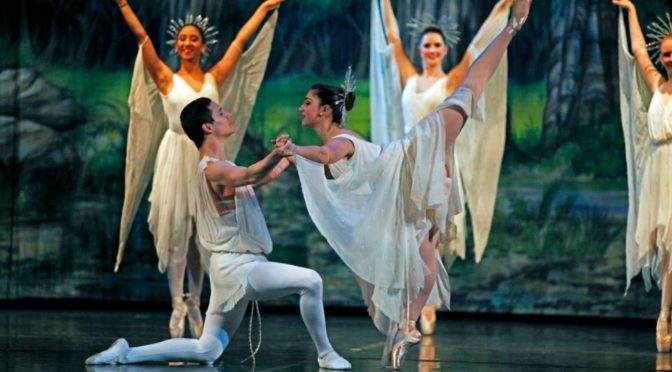Unveiling mysteries of the dance world, one step at a time.
In my first article, I mentioned that I am studying Dance Performance, and I’m sure that left a lot of people scratching their heads, thinking, “That’s a major?”.
Being a dance major is no easy walk in the park. Regardless of whether your focus is Dance Performance and Choreography or Dance Education, you will spend countless scheduled and unscheduled hours in the studio. You will have reading and writing assignments, you will take exams and you will juggle the physical, emotional and mental demands of dance in addition to the physical, emotional and mental demands of average university classes.
Since my first semester on the USC campus, I have taken anywhere from 16-18 credit hours. And those credit hours aren’t even an accurate representation of the time I’m actually putting in. I only receive a maximum of 2 credits for classes I take 4-5 times a week that can last for between 1 hour and 15 minutes to 2 hours. When we’re preparing for a show, there is also about 2 hours a day of rehearsal time. Sometimes, several hours are spent in the studio at unscheduled class times in order to have extra rehearsals, especially for student-run rehearsals. The dance major also requires it’s participants to take academic classes such as “Dance History” and “Dancer’s Body” so that we better understand the art form we are submersing ourselves in as well as how our bodies are developing in order to understand and prevent injuries.
While this all seems to be a lot, it’s only half of our schedule. The B.A. we earn at USC in the dance program requires us to take a full academic schedule as well. We have to fulfill the College of Arts and Sciences Carolina Core classes, and we must declare either a cognate or minor and fulfill those requirements as well. Several of our dancers choose to simultaneously pursue another degree while earning their degree in dance so as to open the door to other opportunities both dance related and non-dance related.
Despite training like athletes and putting in hours that resemble those of college athletes, we don’t benefit from the same advantages our sports team members do. Our director and leaders of the program often have to fight for funding for the dance program, and we as dancers supply our own gear. We buy our own shoes, tights, leotards and warm-ups. The university tends to provide these things to athletes. We also don’t receive any special privileges for class sign-up, despite having very specific time requirements that make scheduling academic classes difficult (most of us end up taking 8:30’s and evening classes).
 Being a dancer at a university isn’t easy. It’s time-consuming and despite the program being a part of the school, often we find ourselves making sacrifices other students don’t have to make. We push ourselves in the studio and in the classroom. But for the majority of us, the program provides a stepping stone to a future in dance and that makes it all worth it.
Being a dancer at a university isn’t easy. It’s time-consuming and despite the program being a part of the school, often we find ourselves making sacrifices other students don’t have to make. We push ourselves in the studio and in the classroom. But for the majority of us, the program provides a stepping stone to a future in dance and that makes it all worth it.

Leave a Reply